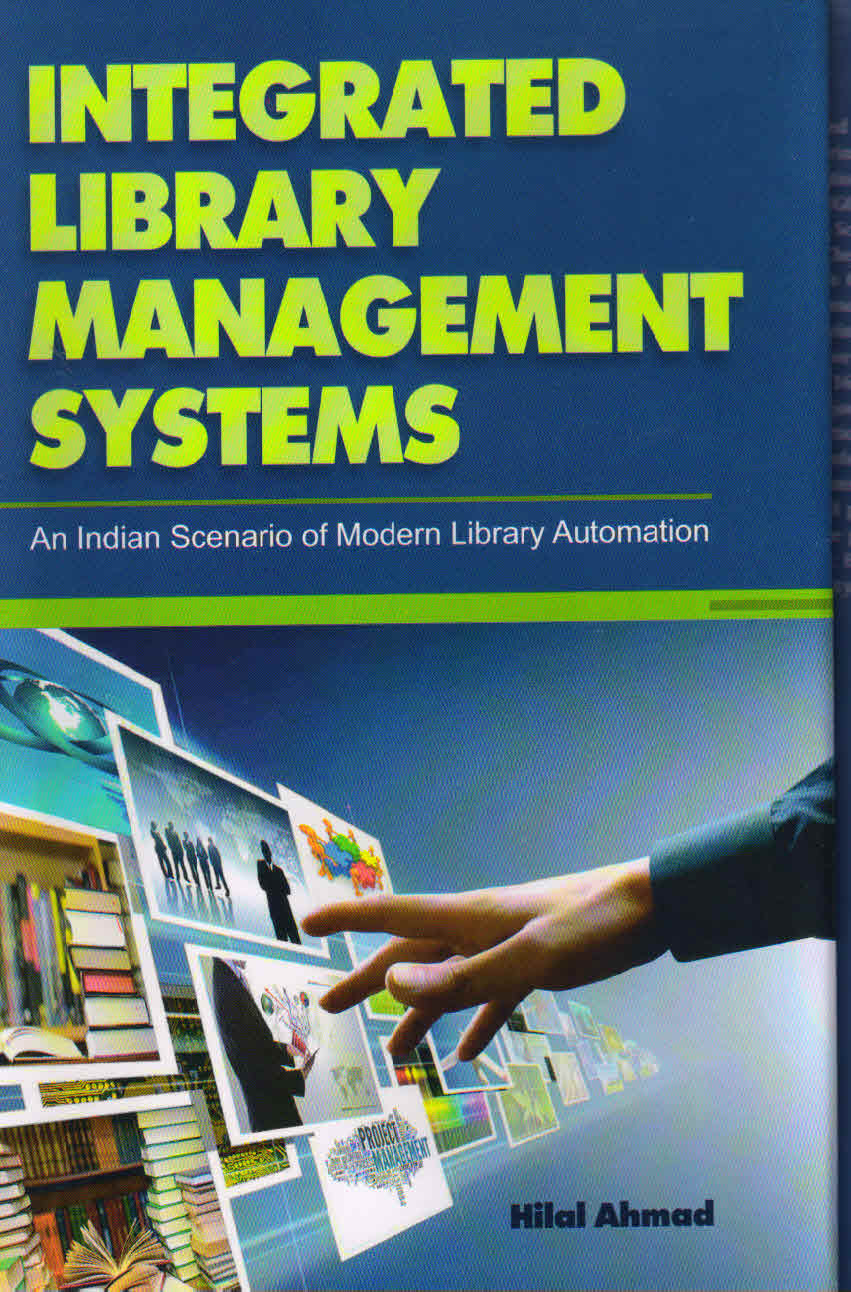The selection of appropriate integrated library management system for automating libraries has been a challenging task for Indian librarians. Even though a number of indigenous library management softwares were developed, nevertheless, only few of them survived, while the rest did not last long primarily due to their incompatibility with the international standards. The implementation of integrated library management systems demands a widespread training of librarians for systematic change in their work environment. Owing majorly to the compatibility issues of indigenous packages, many Indian libraries procured international library management systems for effective and efficient automated library system. However, in-spite of the adequate grants from UGC and development of SOUL software by INFLIBNET for automating College and University libraries, the technological scenario of most of the academic libraries presents a very disappointing picture.
In this direction, this book gives a detailed description of library automation both at Indigenous and global level from its traditional to modern period. It throws thorough light on the present picture of automated library system of college and university libraries of India. Apart from highlighting the different modules of various pouplar library management systems and the user satisfaction with the automated systems, the book also brings into focus the technical expertise of Indian librarians in managing these integrated library management systems. Since an effort has been made to highlight the pros and cons of different library management systems and the issues faced by the Indian librarians in automating libraries, it is anticipated that this book will serve as an aiding tool for university and college librarians in selecting the integrated library management system that will suit their requirements for effective and efficient automation of their operations and services.



